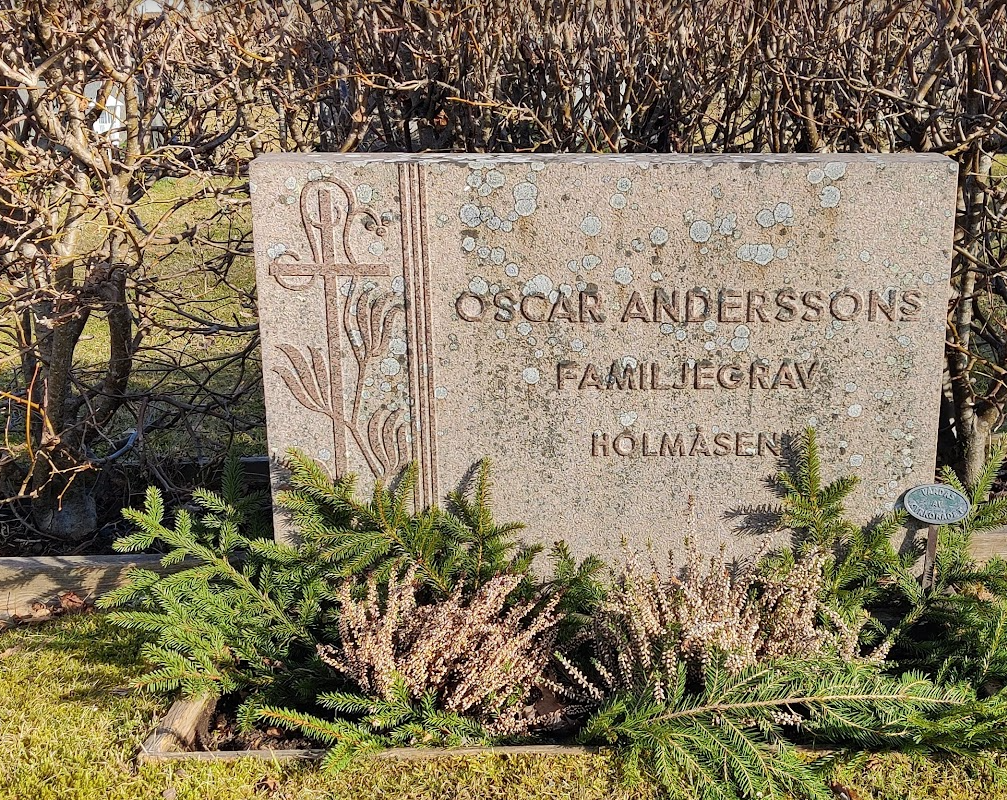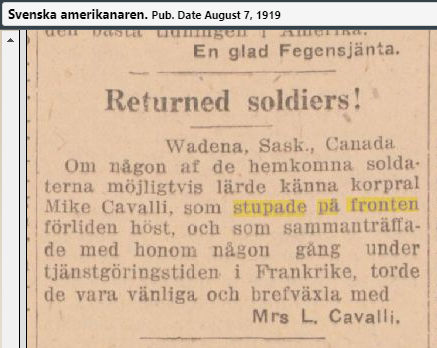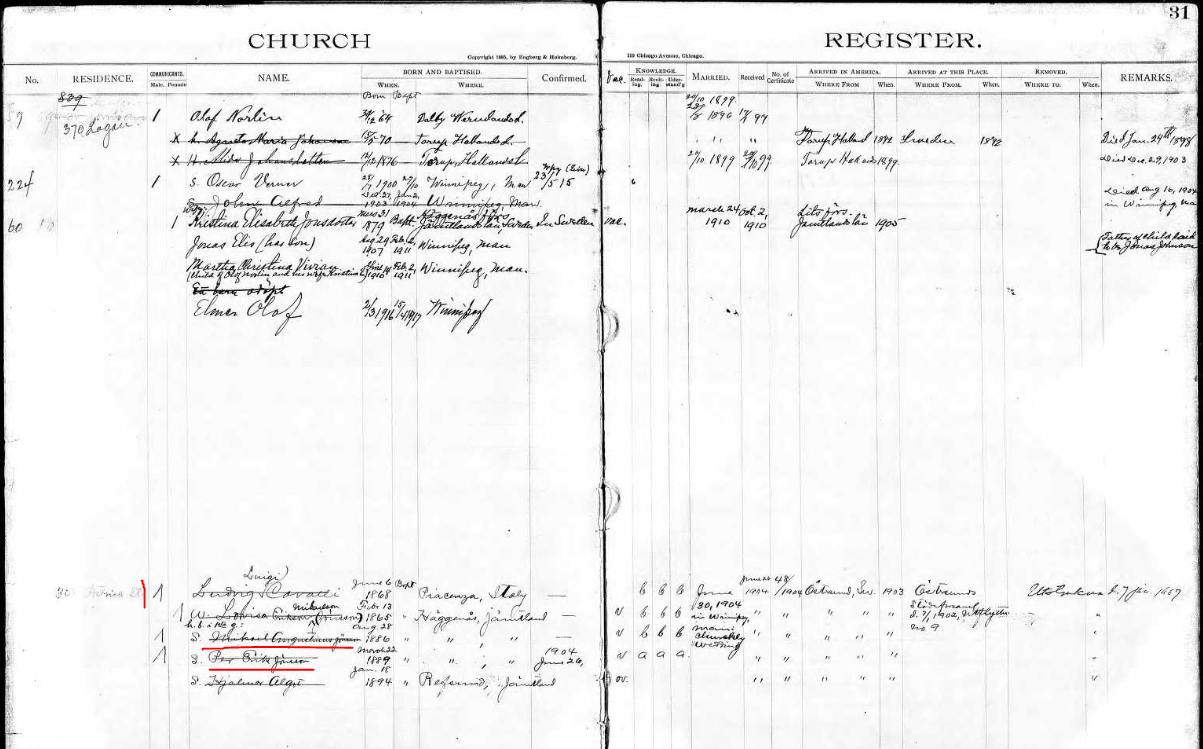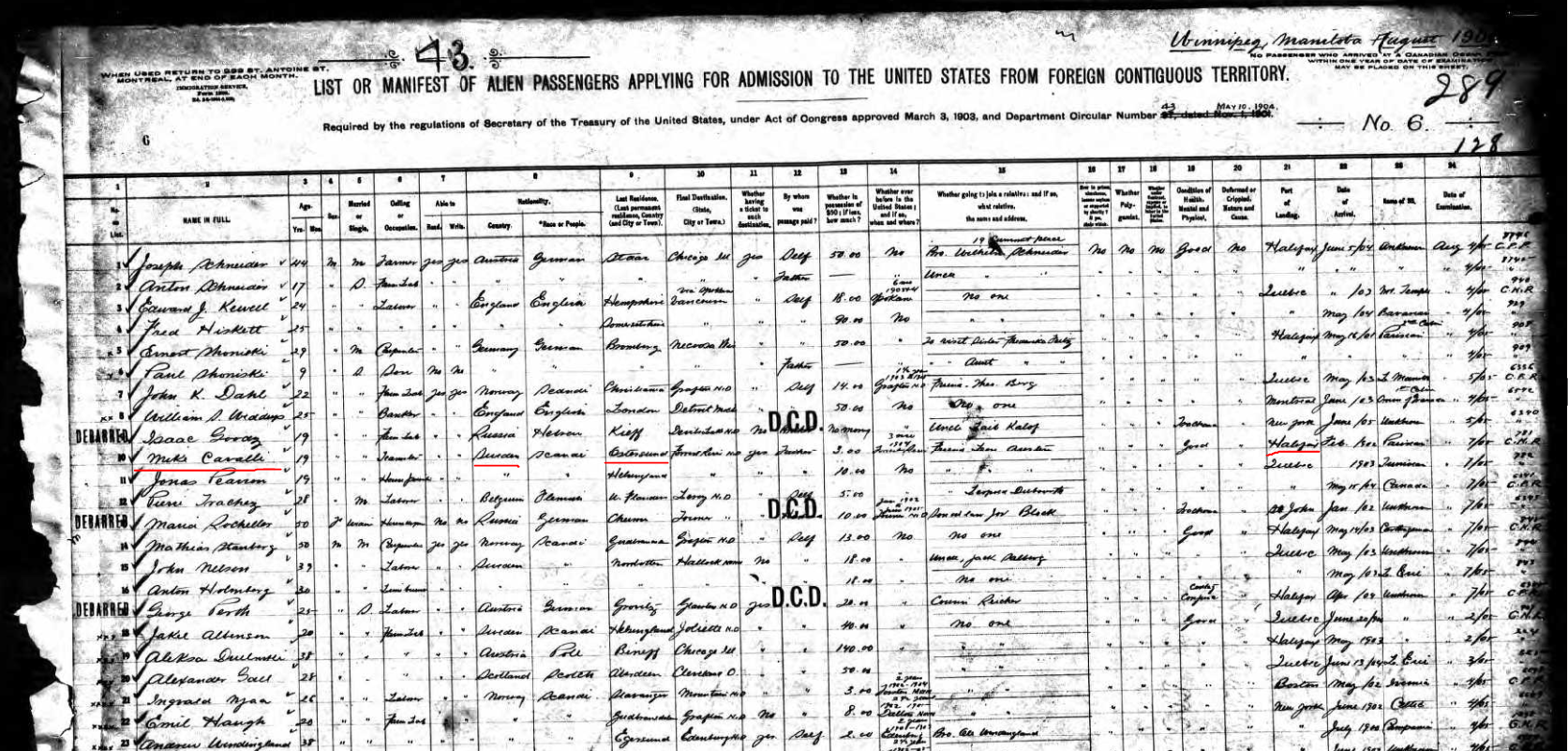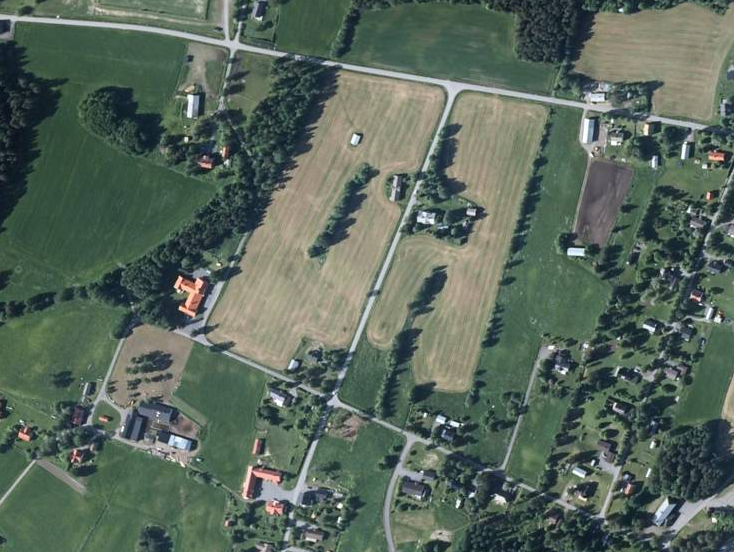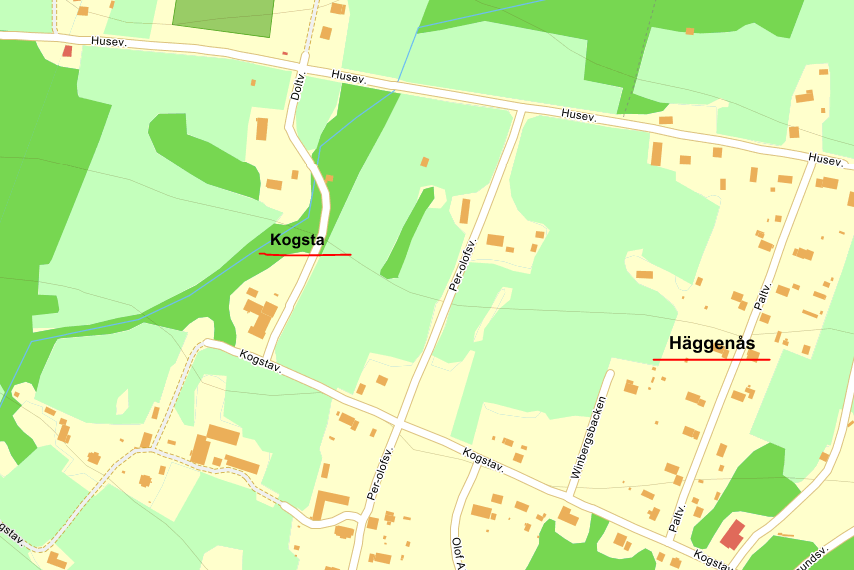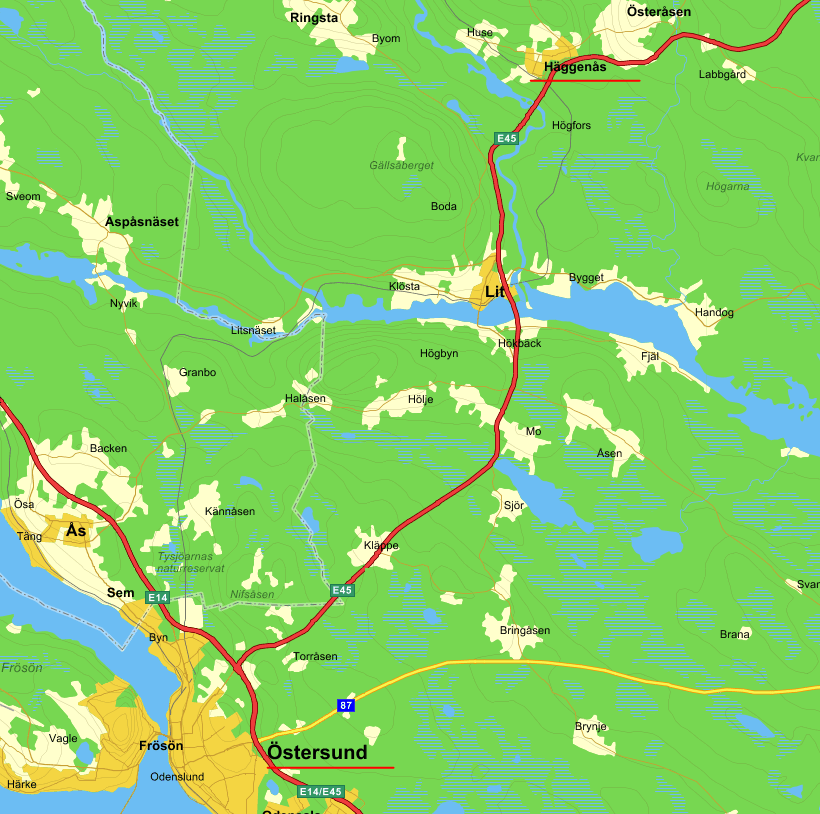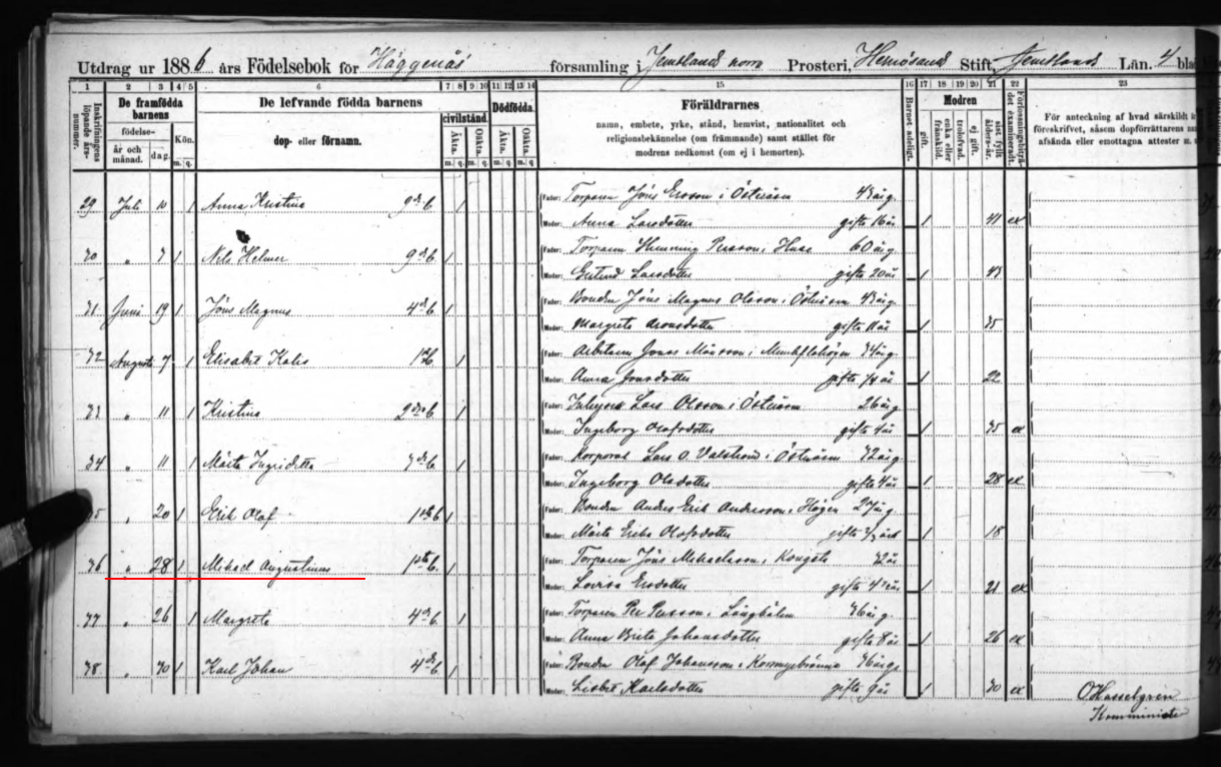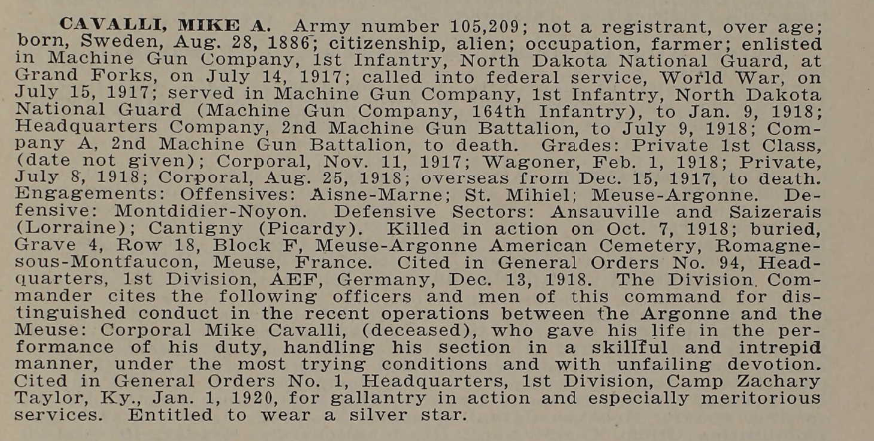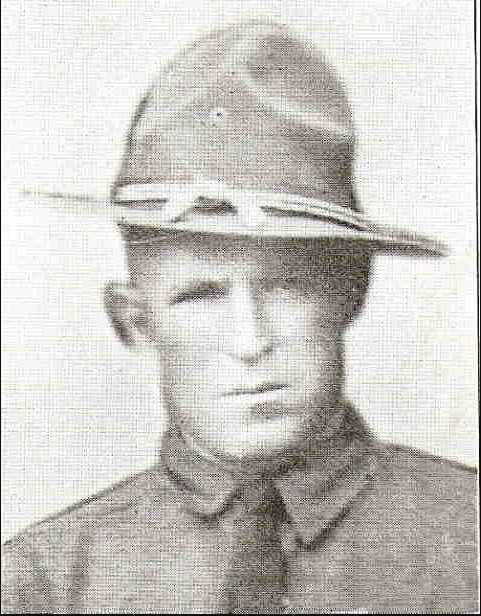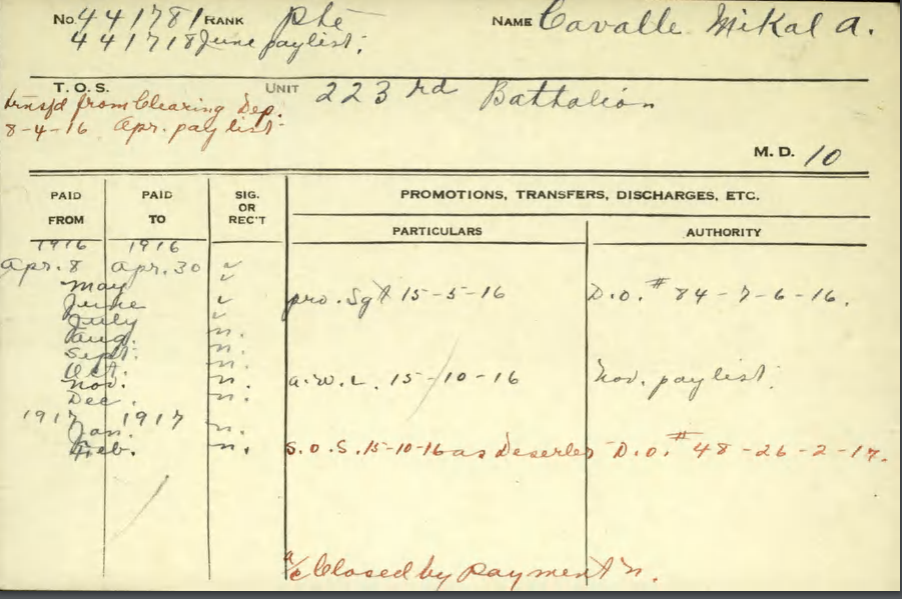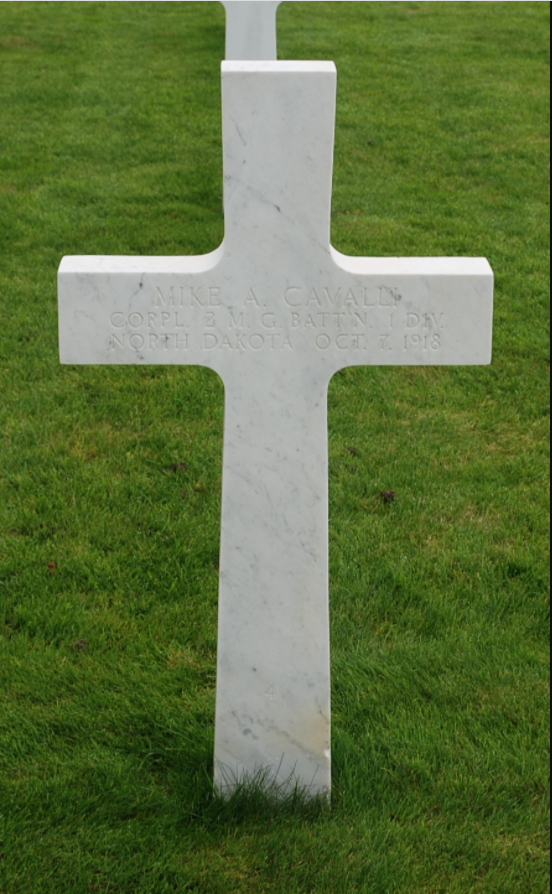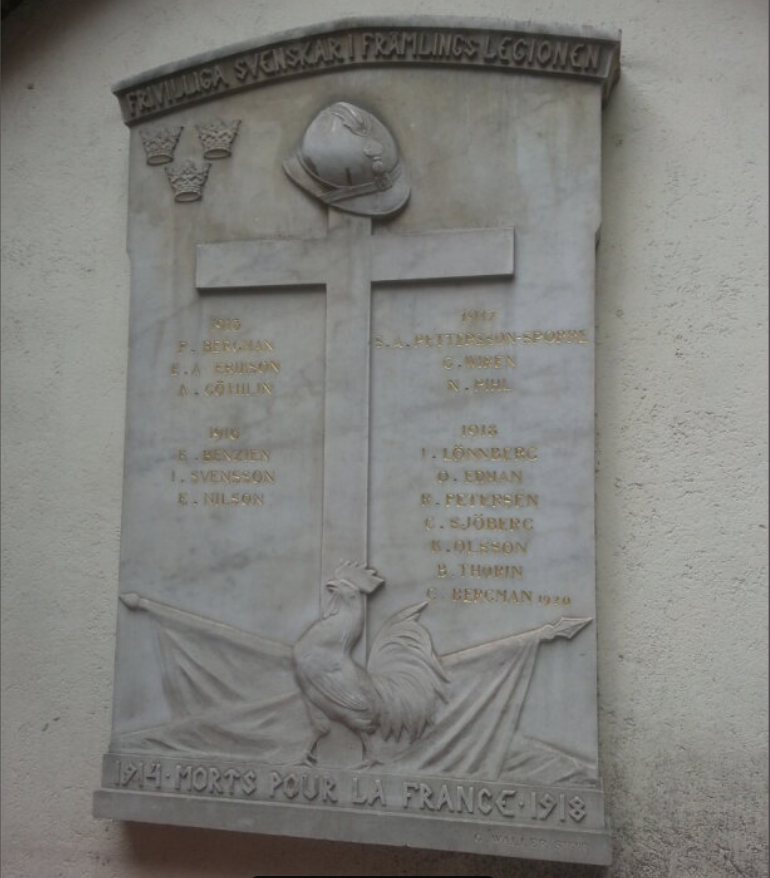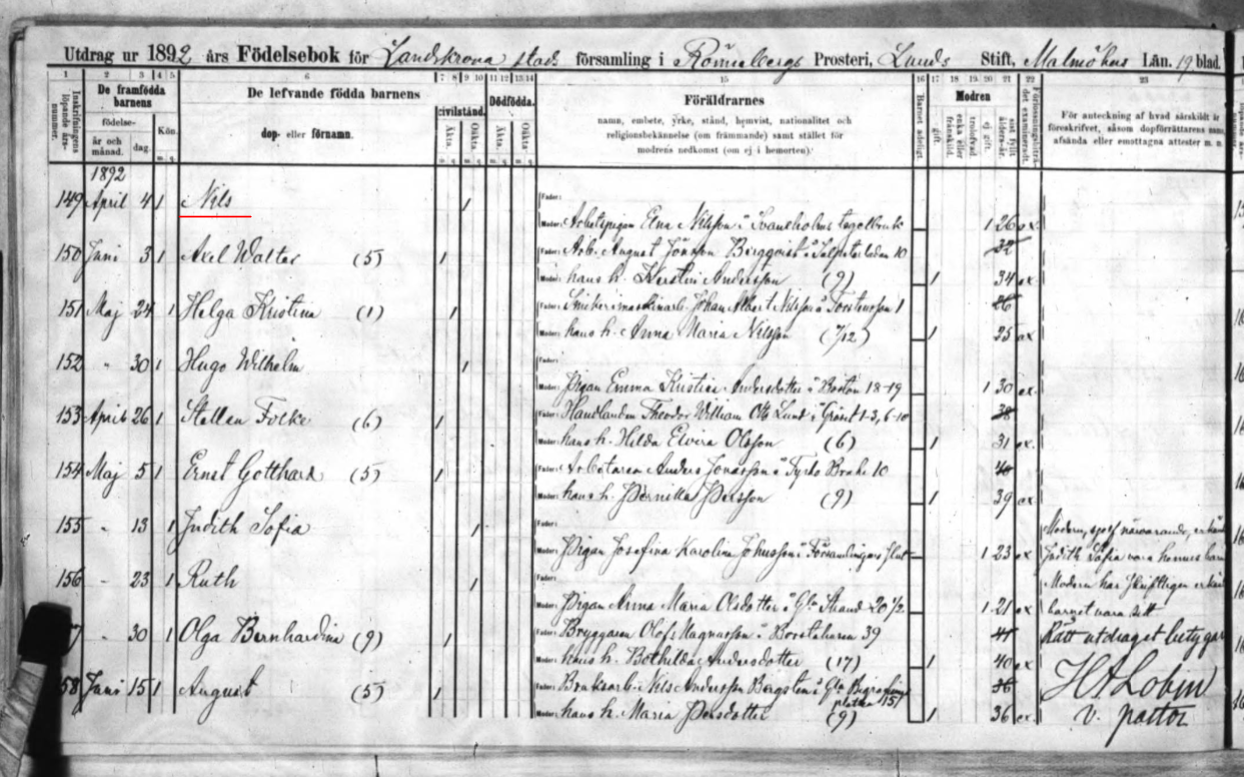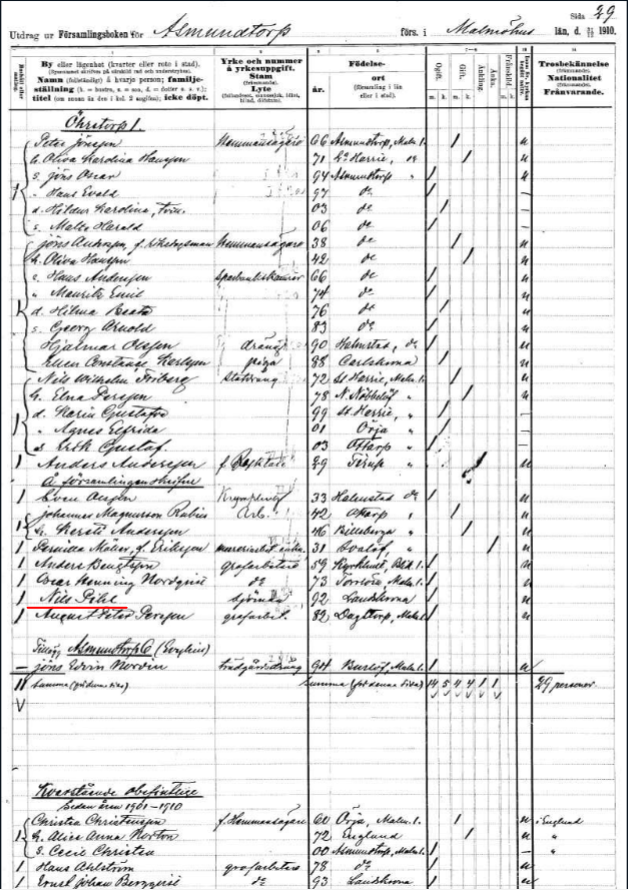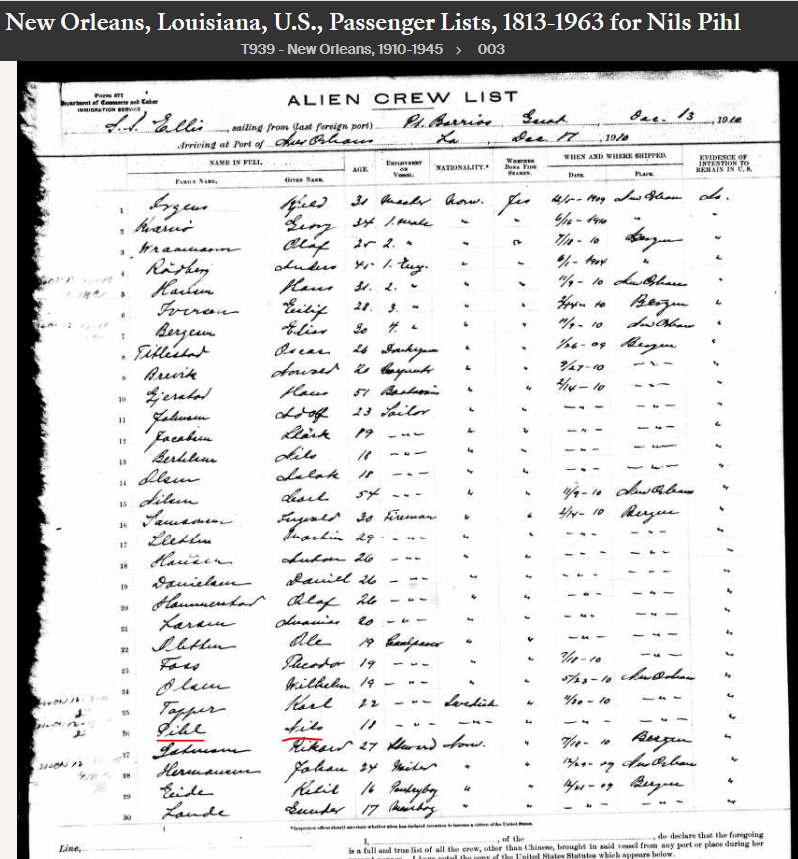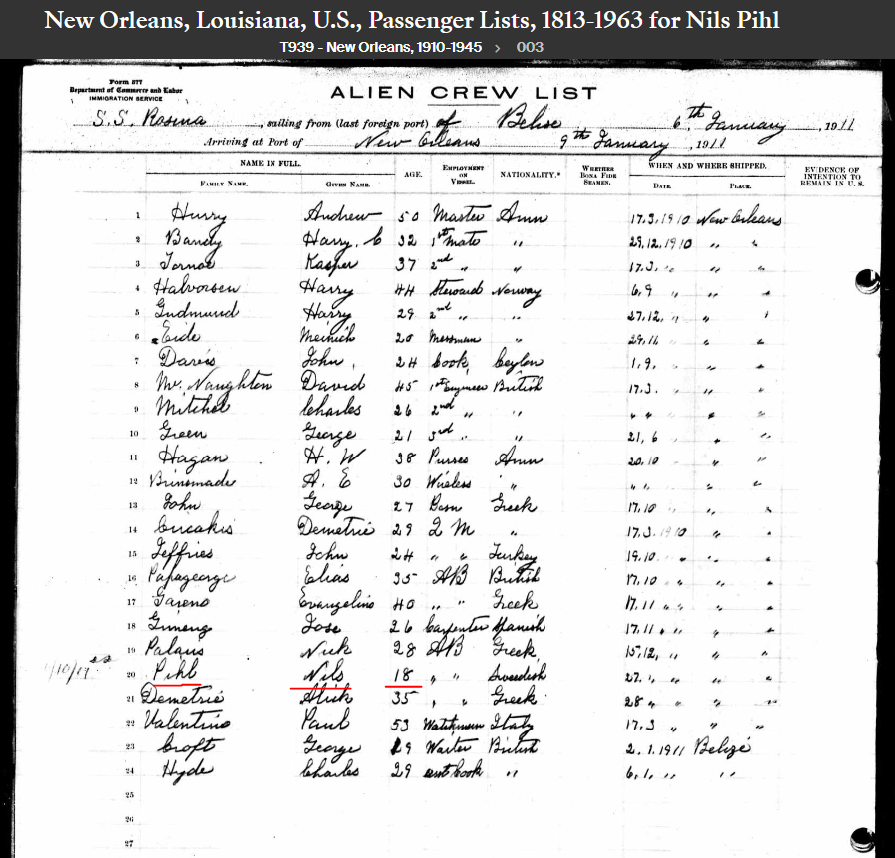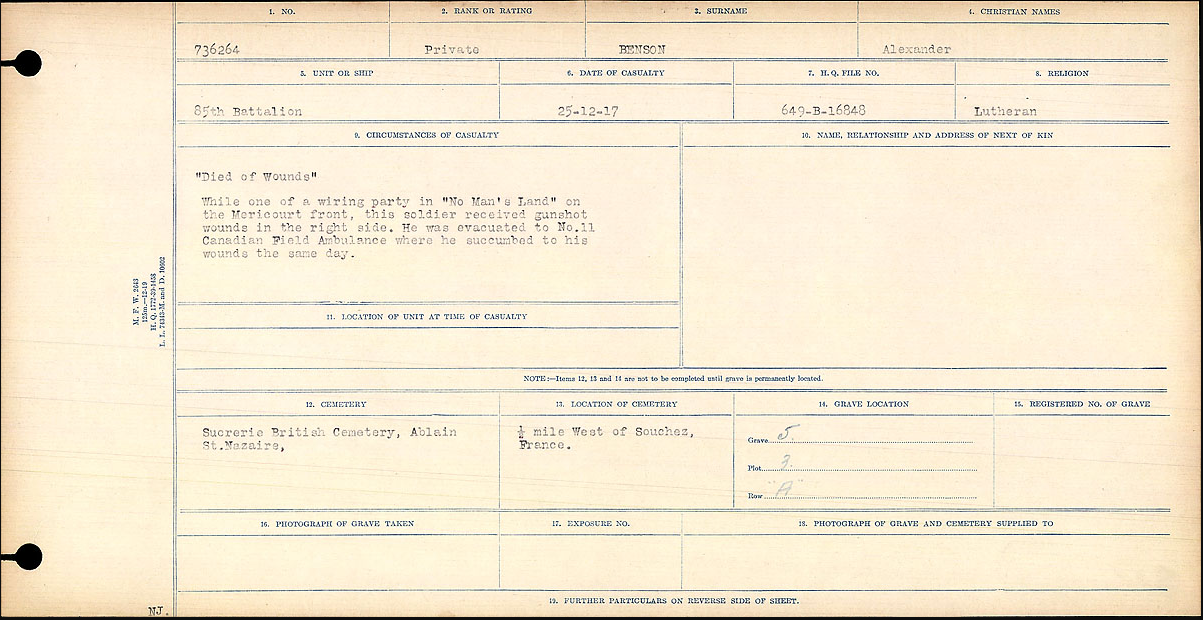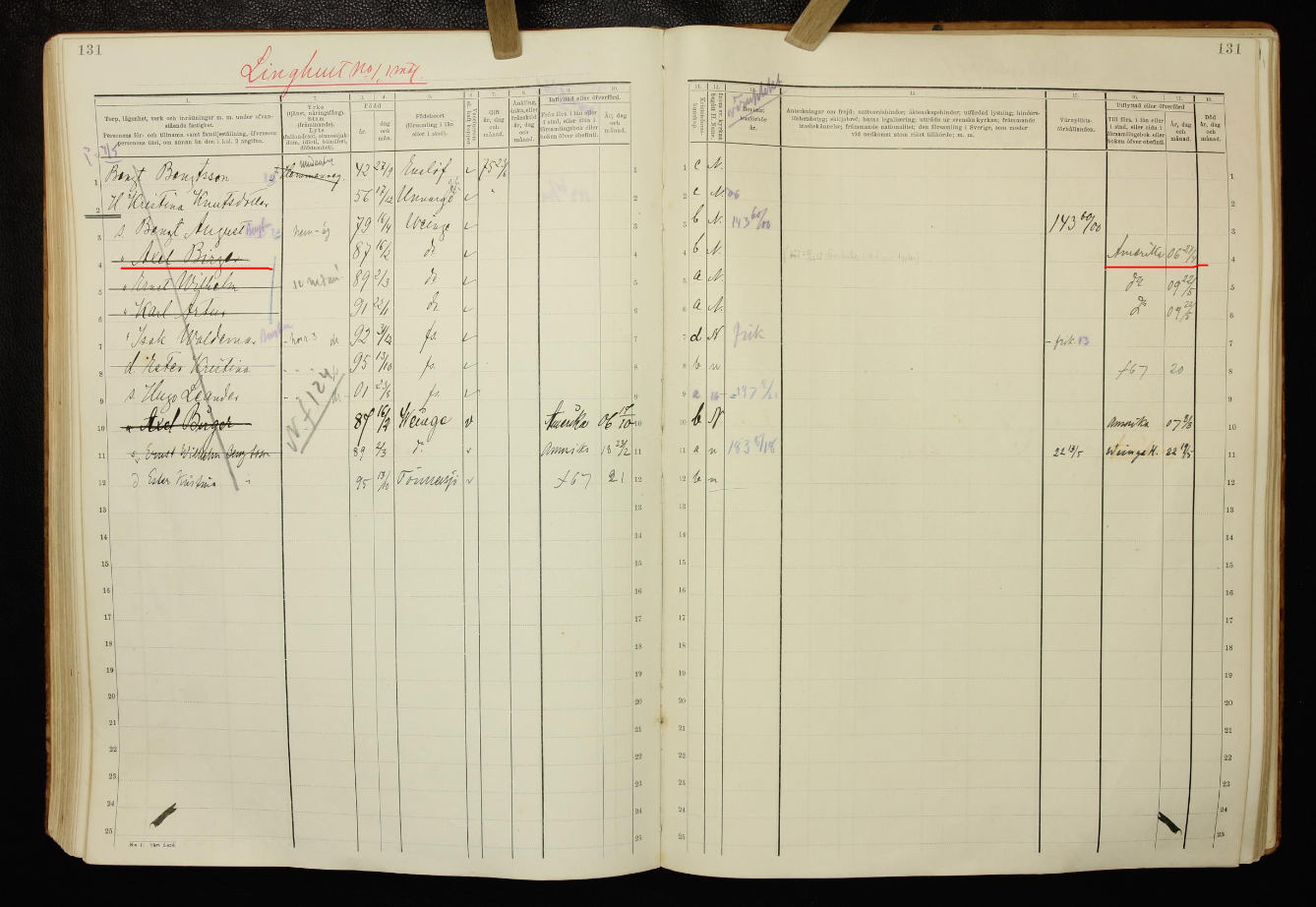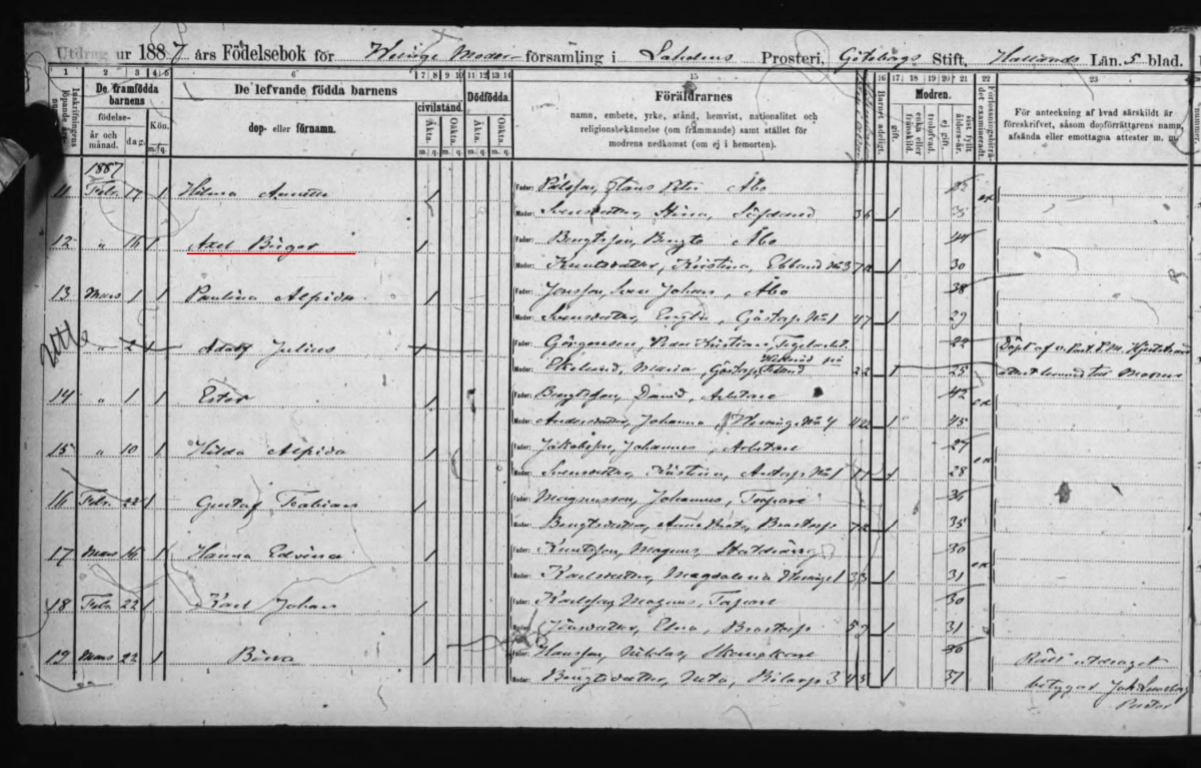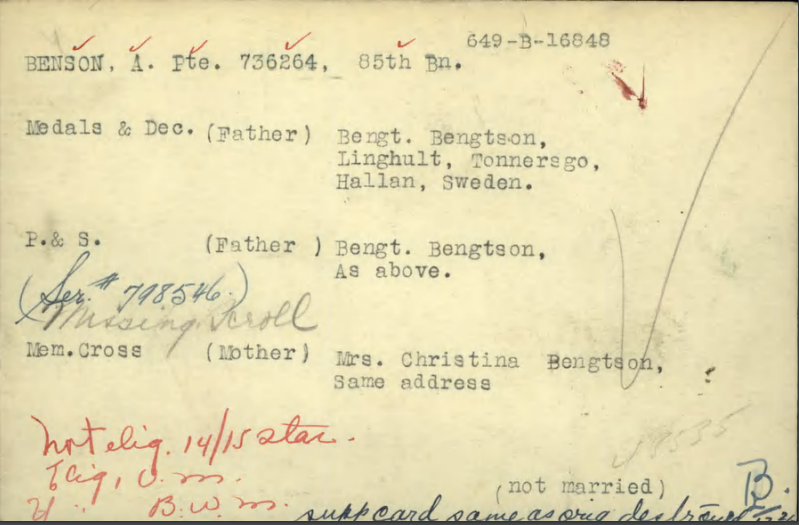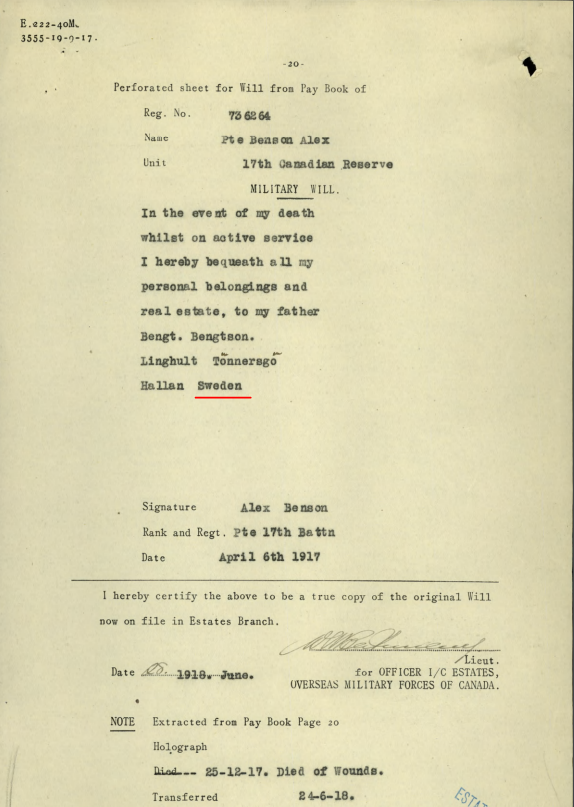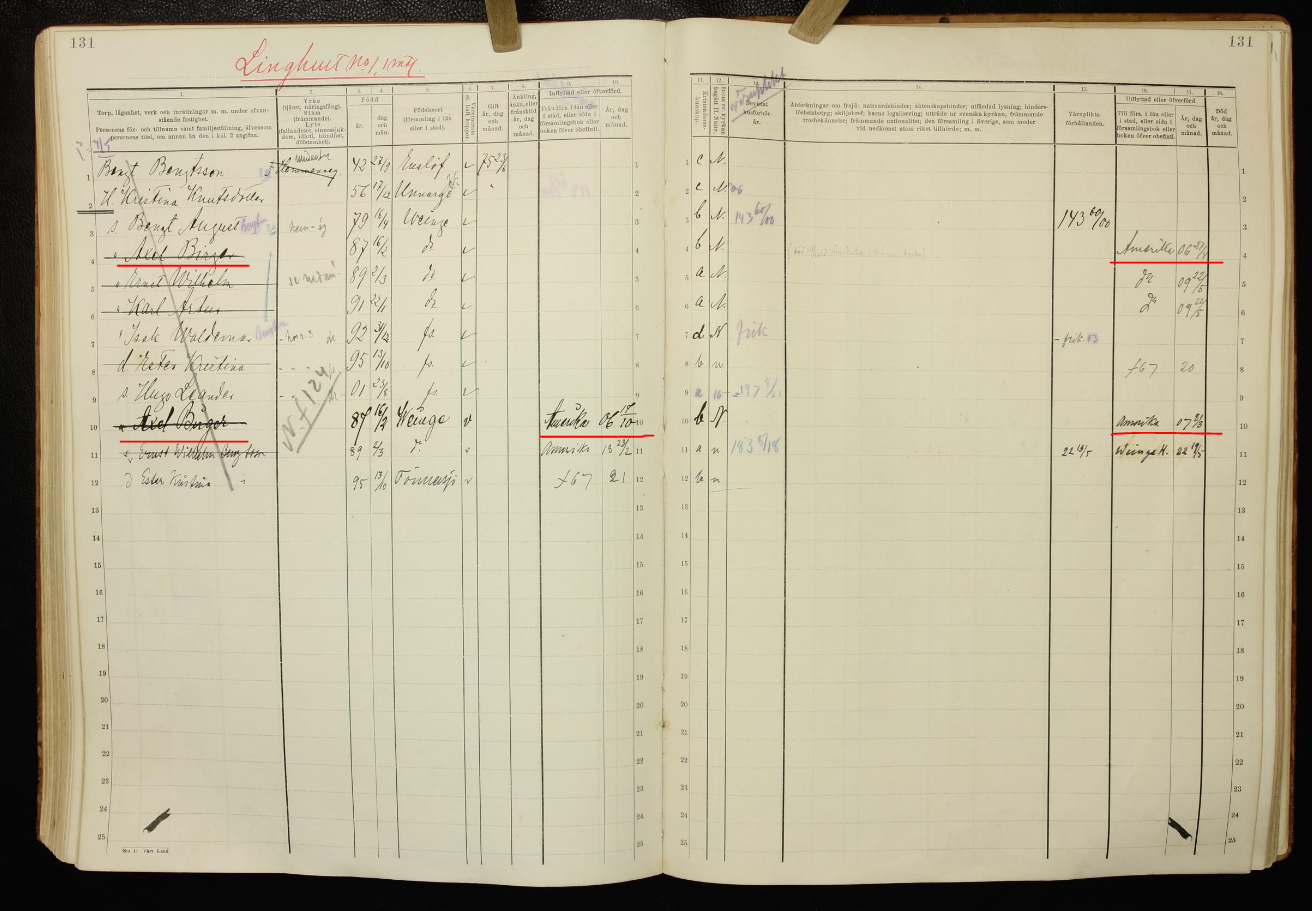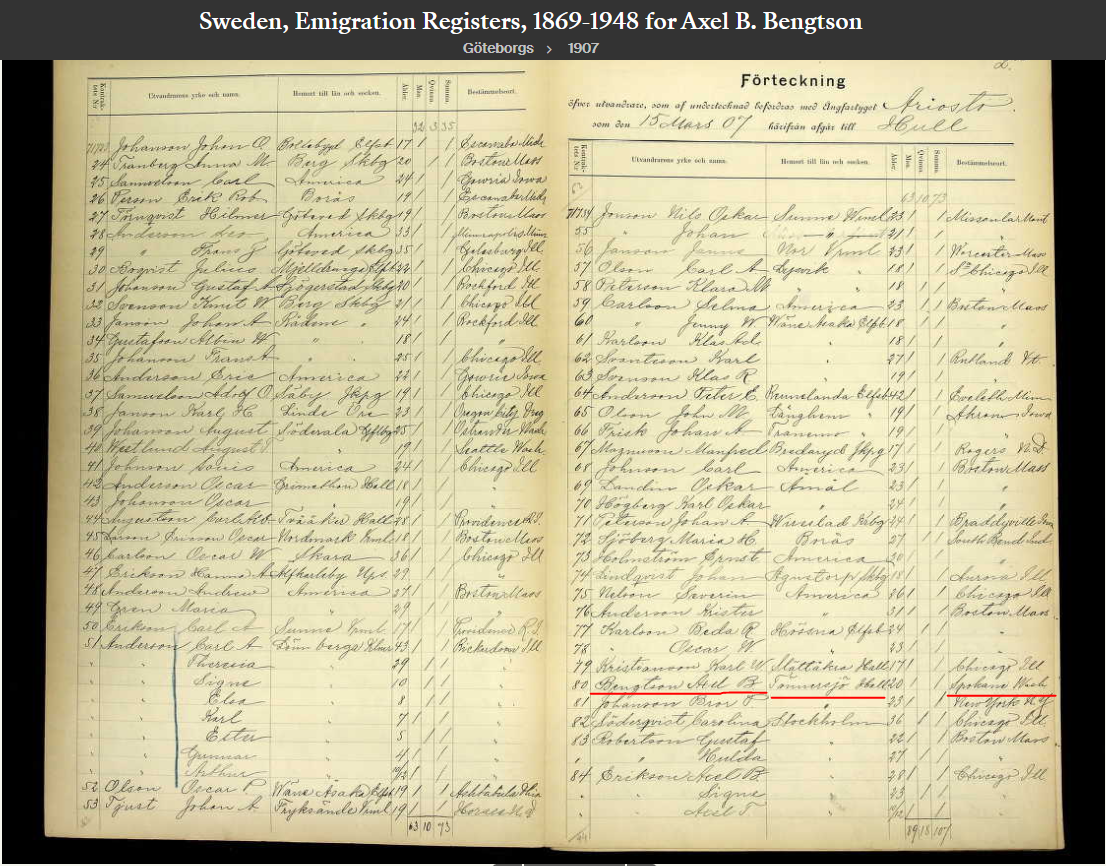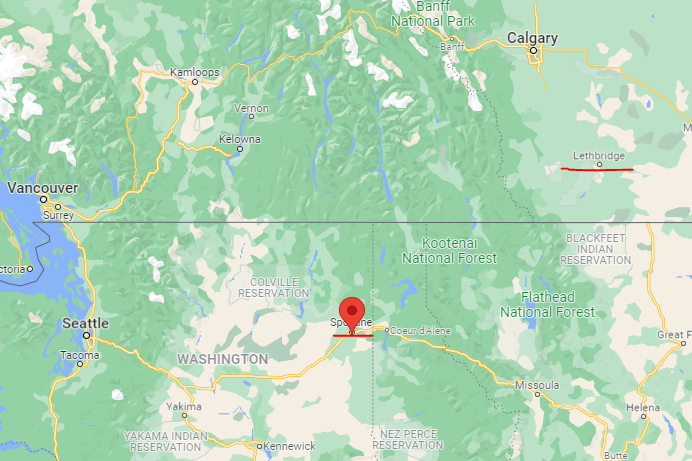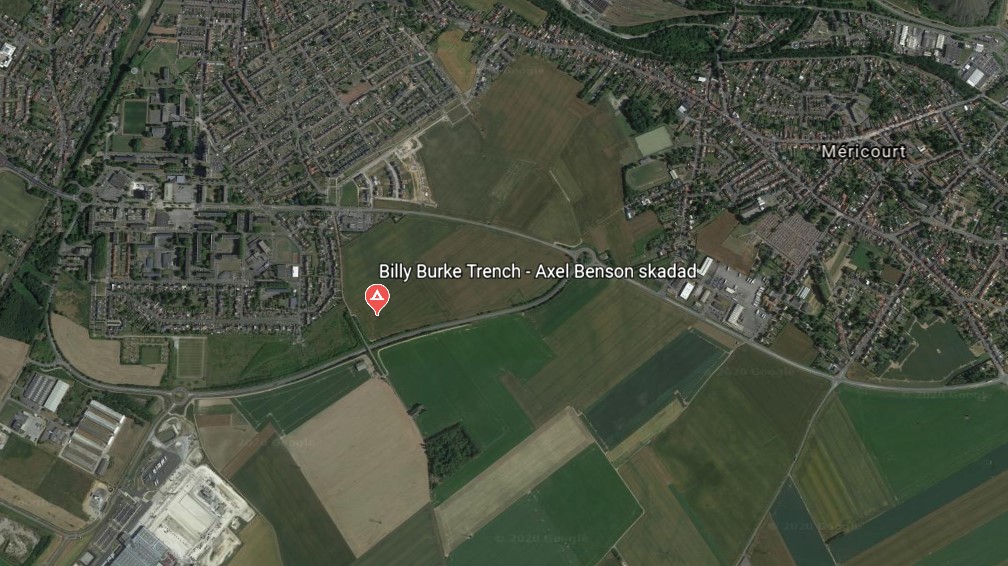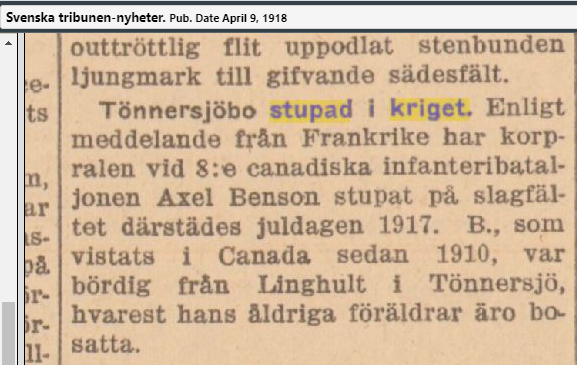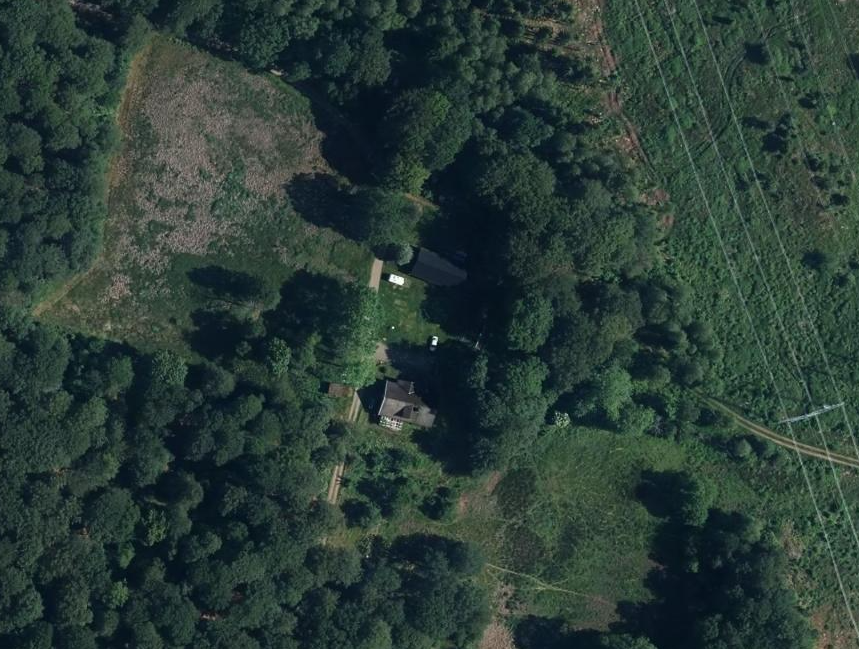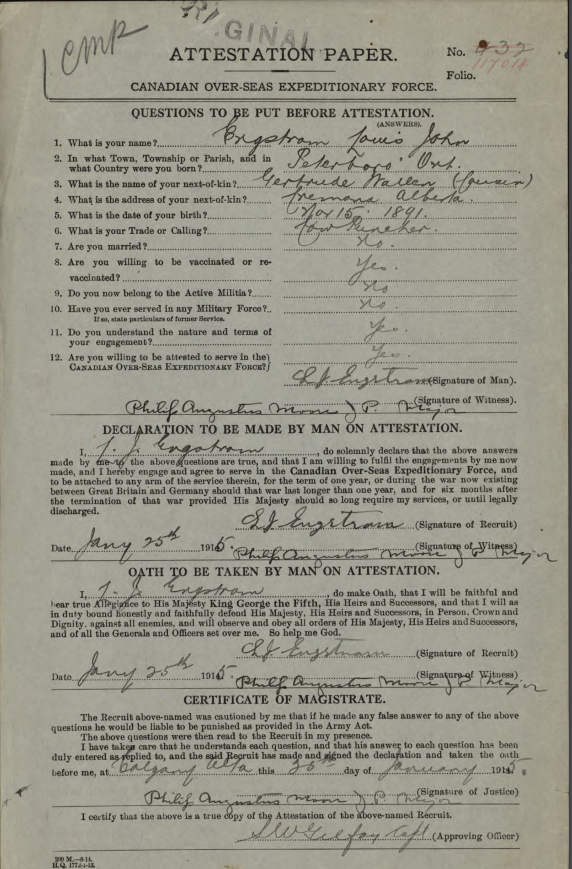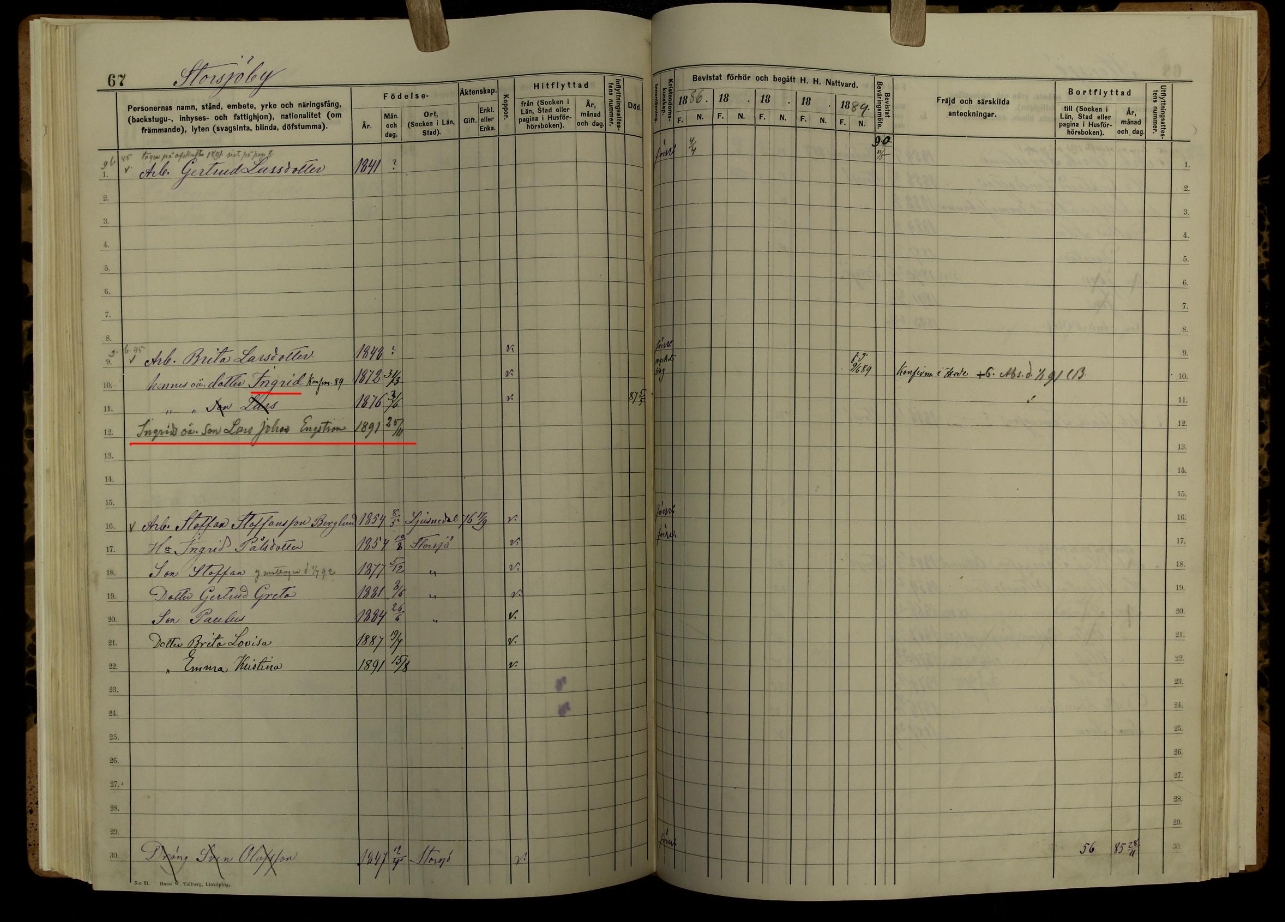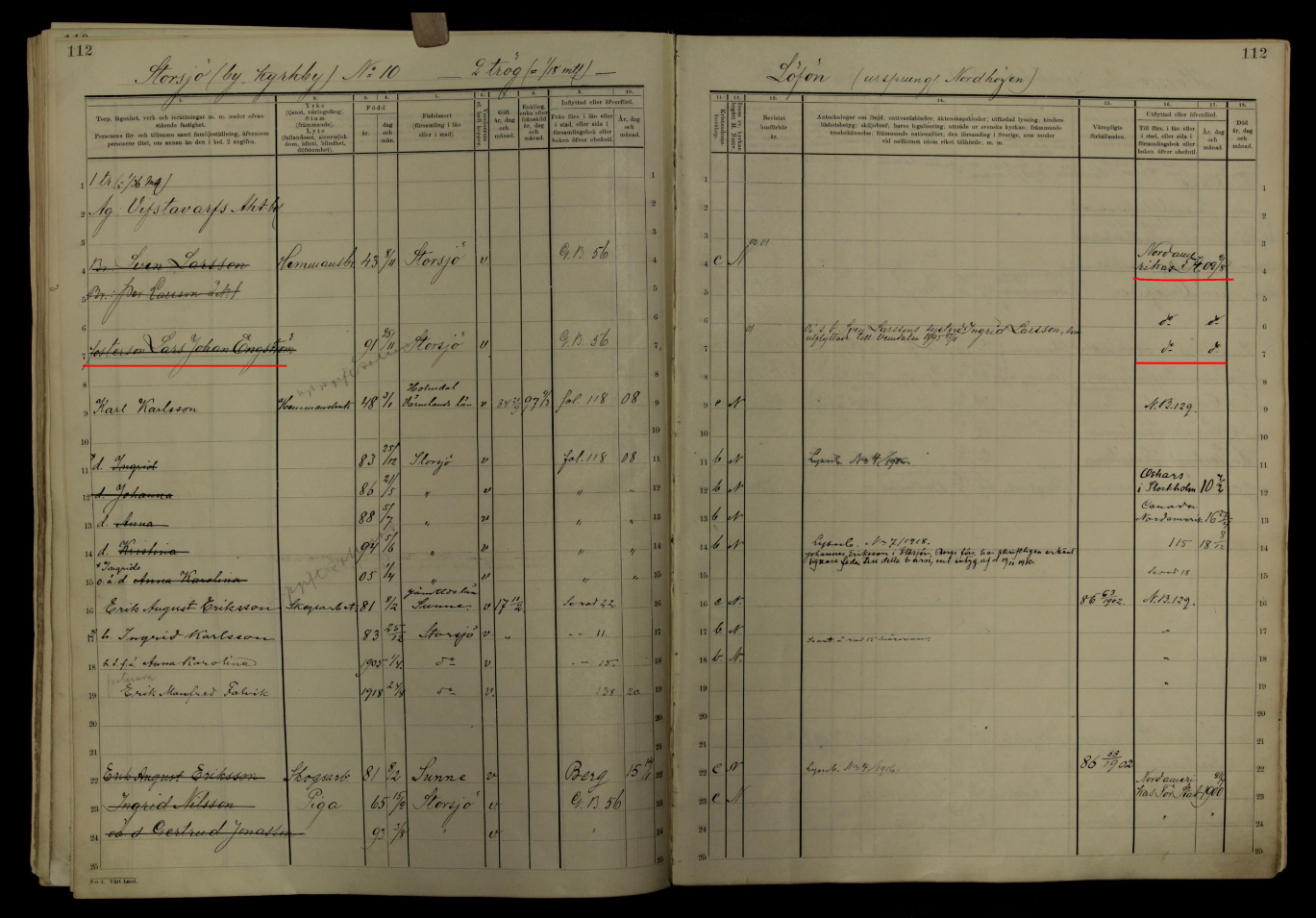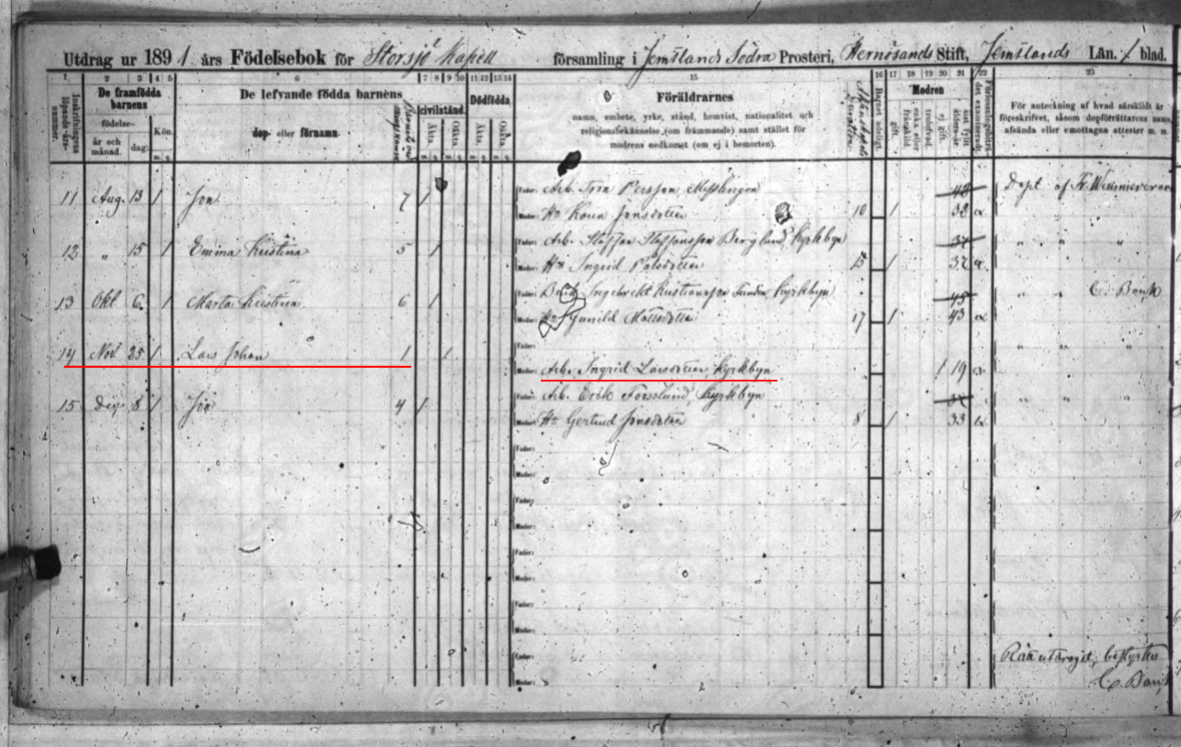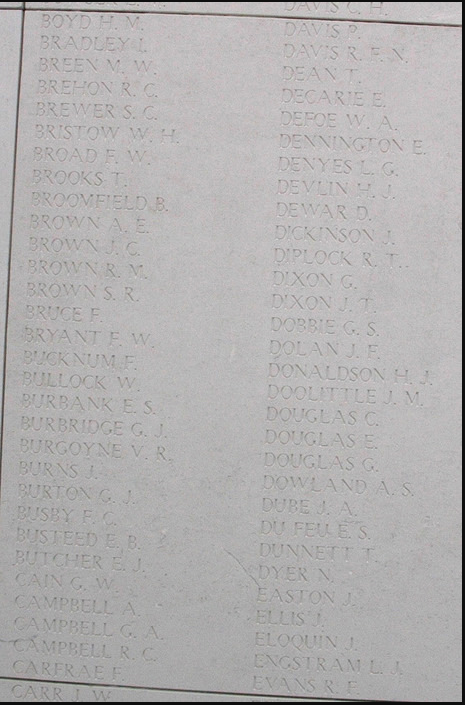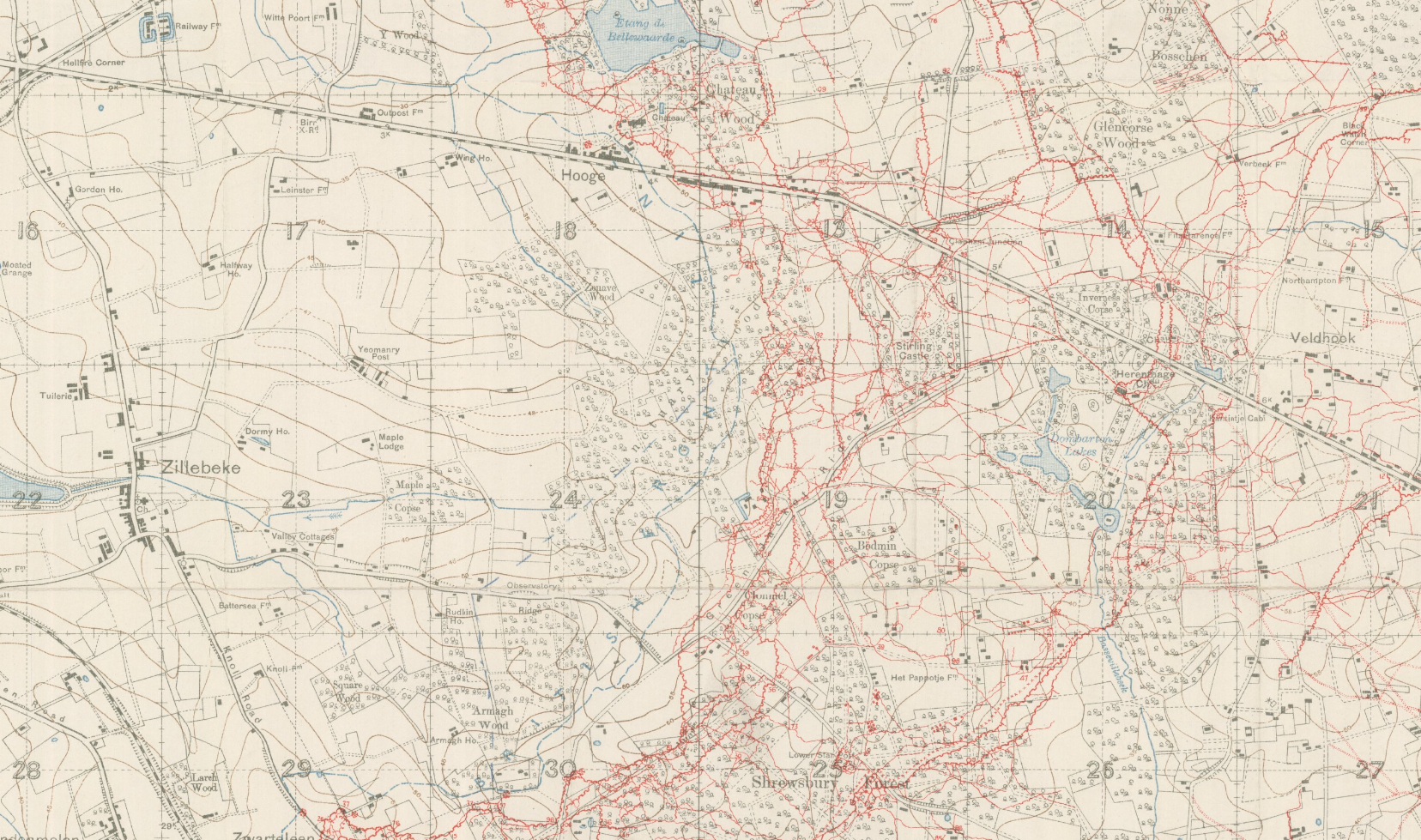It is really great when individuals are coming back to you after you have had your lectures, and bringing more information you didn’t know about, and makes it you look for more.
In this case I was having a lecture in my home parish, one evening in March this year. One of the guests mention through my father that another name has to be added to the list about the local citiziens who participated in the Great War at the Western Front.
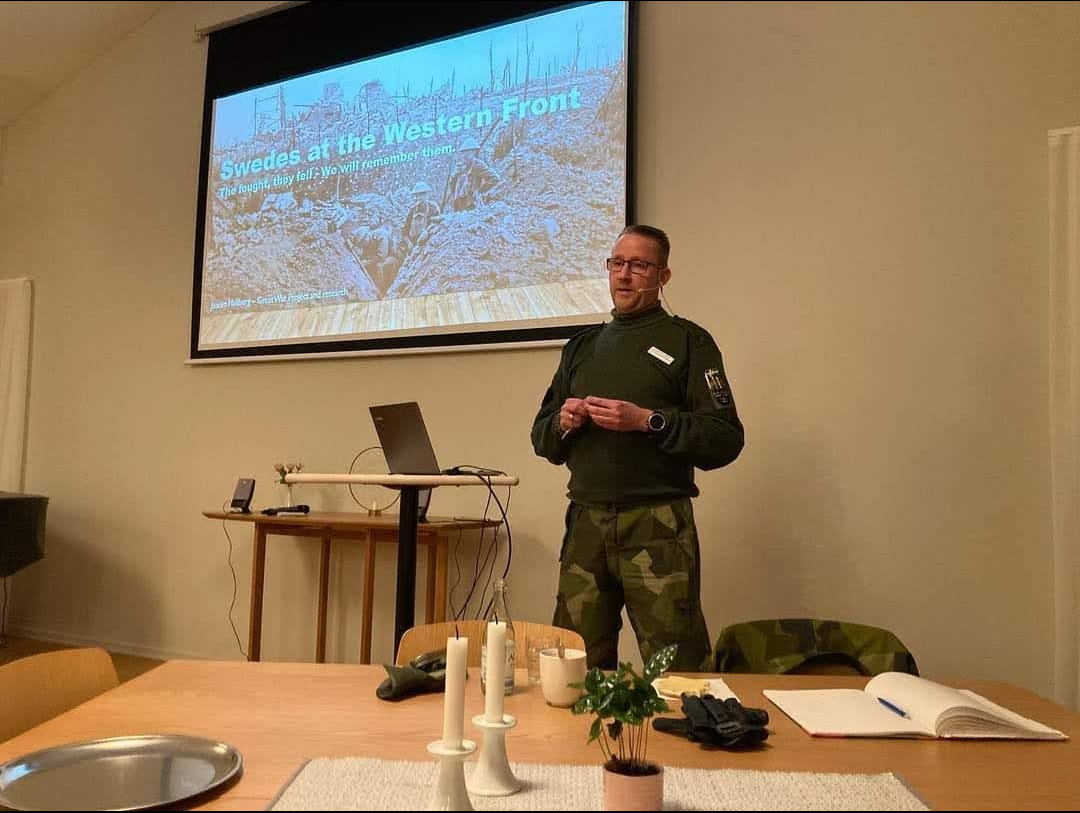
I decide to look it up, and I found some interesting information, and also that he is buried at the local cemetery in my parish Månsarp.
The individual is Oskar Fridolf Andersson. He is born in December 29, 1888, in Månsarp parish and is raised at Holmåsen, Renstorp, by his parents Manna Kristina Johansdotter and Peter Magnus Andersson.
It is mentioned in the church book that he is leaving Sweden for North America in May 23, 1908, at an age of 20, which means that he left before he was supposed to do his military conscript in Sweden, the reason is unknown. In October 15th the same year, 1908, his sister Sigrid Margareta also left Sweden for North America.
Oskar arrived Chicago, Illinois, in June 1908, and this is probably the place his sister arrives to later on when she is coming to the States in October same year, as this is the address stated of Oskars Next of Kin.
He later on gives the address Dixon in South Dakota in his papers, which we find in different passport applications and similar. He is living in Dixon to 1916 and is then moving to Chicago. His sister Sigrid is given as Next of Kin when he is leaving North America for France and the Western Front in September 1918.

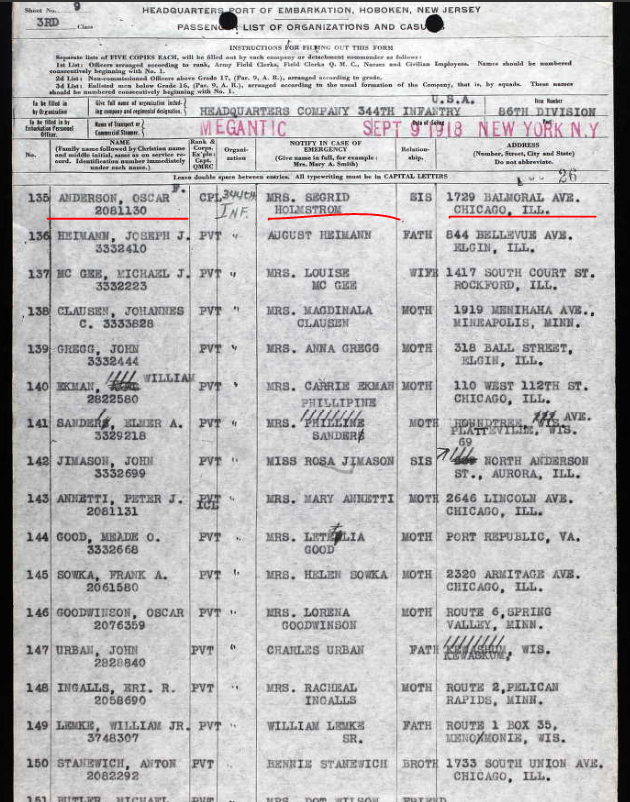

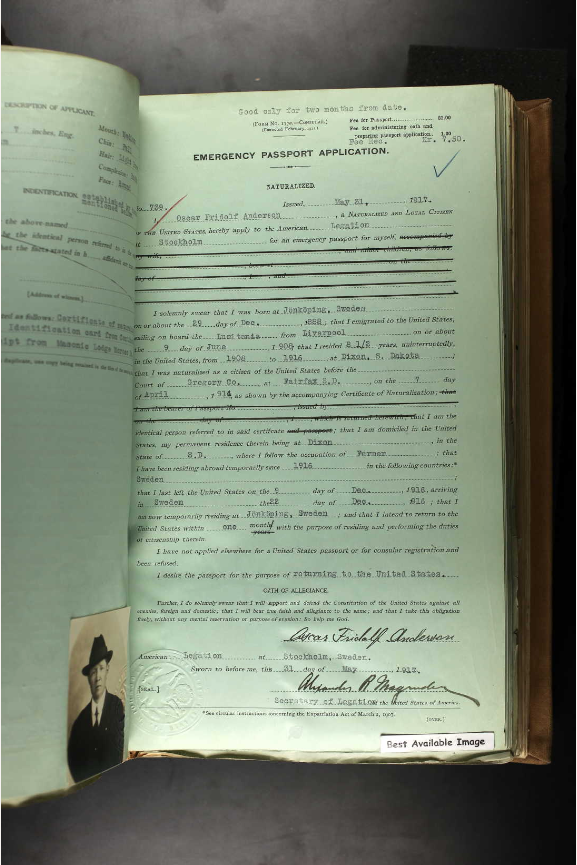
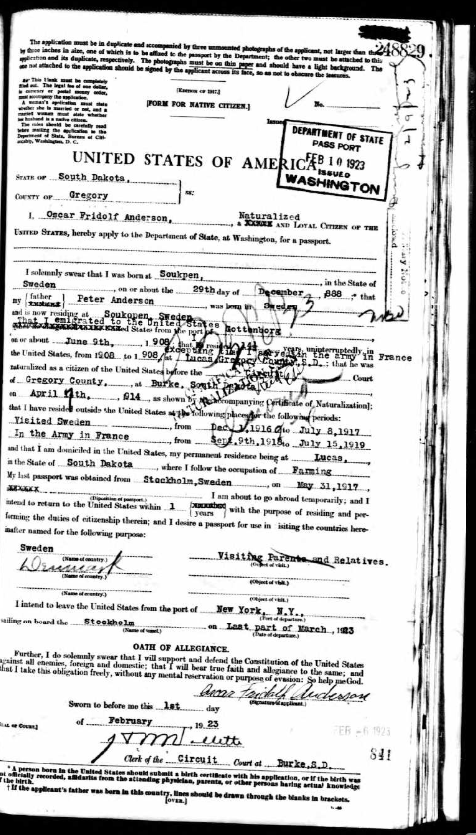
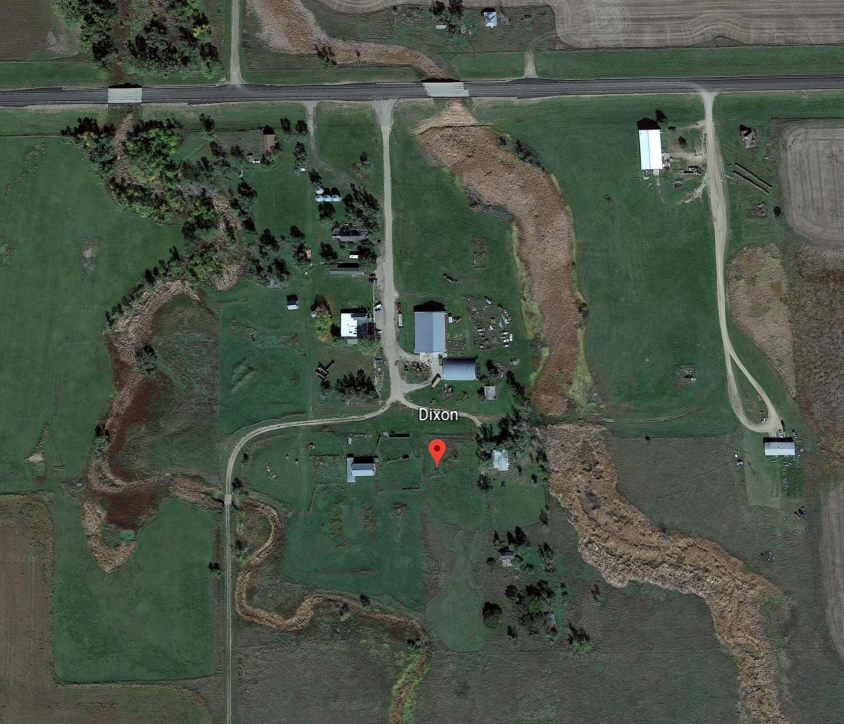


The paper says that Corporal Oskar Andersson is belonging to 344th Infantry battalion (86th Division AEF) when he left New York on the Ship “Megantic” in September 9, 1918. They arrived Bordeaux in France where the unit built up the Headquarter, where from the 86th Division brought in reserves to the Front in Meuse-Argonne, further North-east in France, which they did until November 8, 1918, when they moved down to Le Mans in France. The war ended three days later on November 11th.
It is not known if Oskar participated at the Front during the months he was there, but he stayed in France until June 29th 1919, when the unit went back to North America, which they arrived in July 1919. Oscar belonged to The Depot Support Company in France before they went back, and it is not known when he switched between the units.

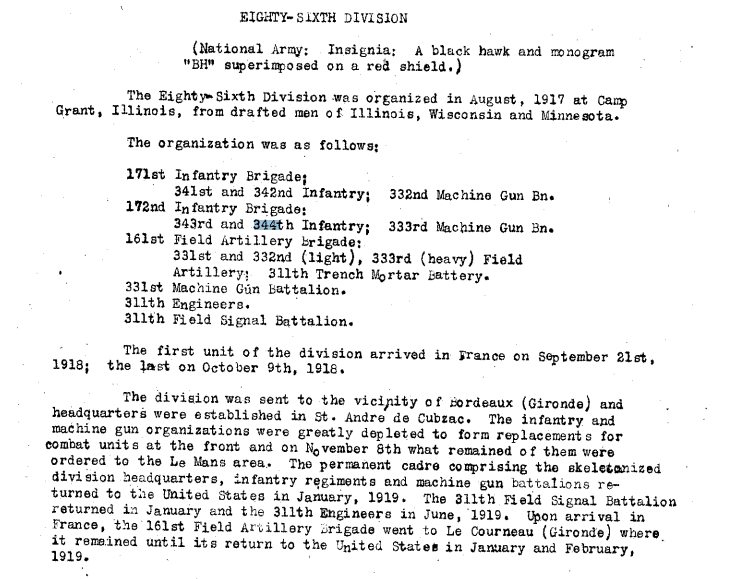
Oskar survived, as we now know, and lived in North America some more years before he went back to Sweden. We know from the passport applications above that he visited Sweden during 1916 and 1917, before he finally moved for good, back to Månsarp, to the parish where he was born. It is not known if his sister Sigrid moved back to Sweden again. Sigrid is married to Gunnar Holmström in Chicago in 1916. Gunnar is probably born in Korsberga, Småland, Sweden, in November 13, 1886, and not in 1888 as stated in the file. They get four children together.
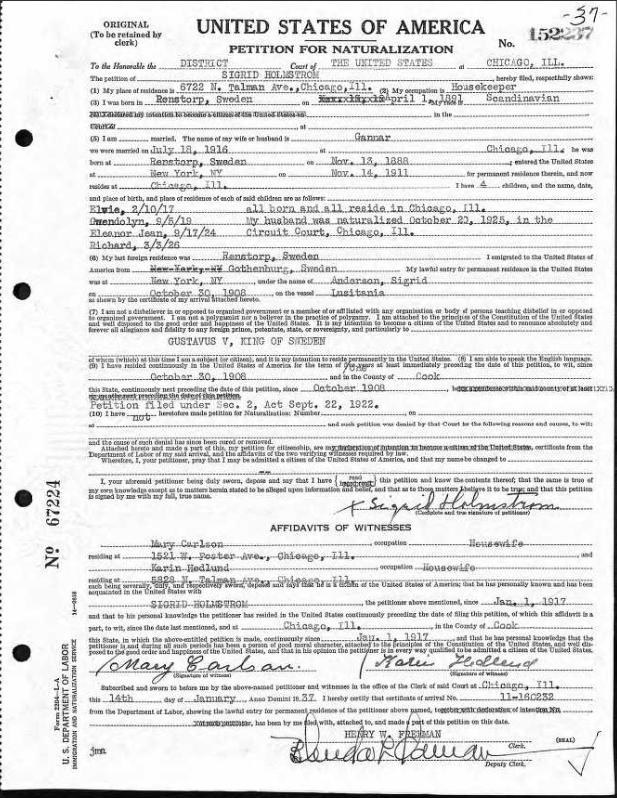
Oskar dies in 1972, at an age of 83, and is today buried at the local cemetery here in my home parish of Månsarp, and today I visited his final resting place, where there is a stone erected as a family grave. I say thank you to Oskar for his contribution in the Great War, and now it feels great to know that it is actually a stone nearby connected to the history of what the Swedish born soldiers did for their new countries in the period of the Great War.
May Oskar rest in peace.
